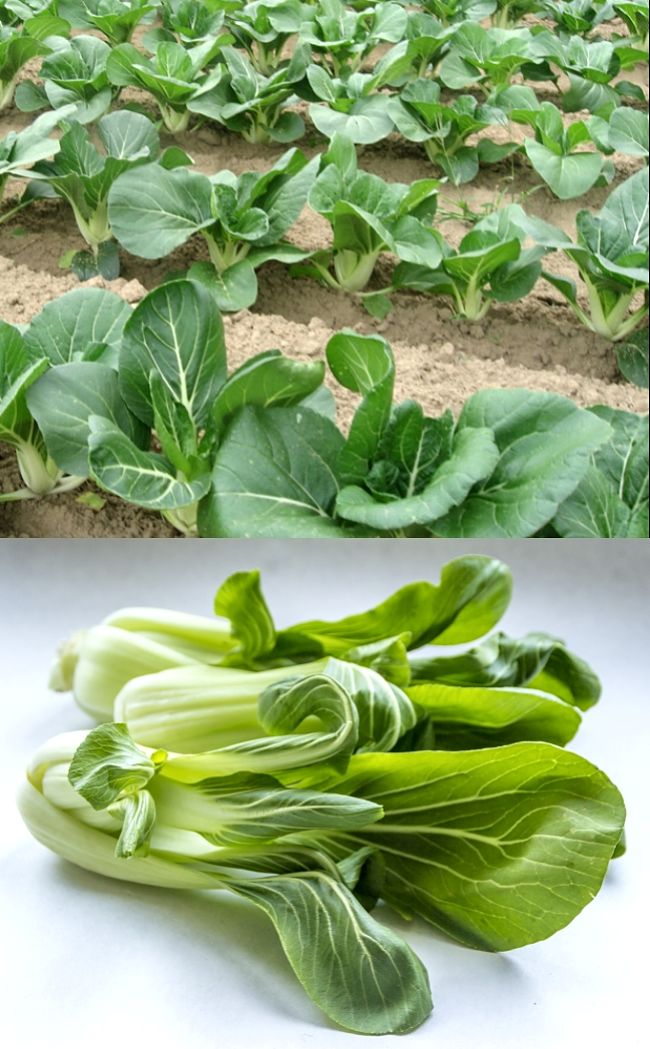Planting and Growing Guide for Pak Choy, or Pak choi (Brassica campestris var. pekinensis)
Description
Pak Choy is widely used a leafy green in Asian and Italian dishes. It is similar to Chinese cabbage, but the leaves are smoother and silkier and the thicker and longer stalks provide different uses when sliced into sections. They are easy to grow and quick to harvest. Pak Choy grows quickly and prefers a warm start but cooler season temperatures. Pak Choy goes to seed quickly in hot weather. It needs plenty of water. Plant in partial shade in warmer climates. The plants need to be grown quickly, with regular watering and feeding, as older dry leaves can be bitter. Avoid growth checks and harvest the leaves when small. Pak Choy can be harvested continuously to provide a regular supply of leaves. Plant batches of seeds several weeks apart to get a continuous supply straight from the garden. Harvest by cutting off leaves and finally remove the entire plant when the leaves darken or turn yellow or the plants go to seed. Pak Choy grows very well in pots.
Planting Guide
Seed Depth: Plant seeds 5 mm (1/4 inch) deep in seed trays and plant out when the soil warms. Or sow seed directly into the garden bed, after the last frost is expected. Prefers warm weather.
Space between plants: Space plants about about 30-40 cm (12-16 inches) apart. Space rows 40-50 cm (16 to 20 inches) apart
Harvest Time: Harvest in 6-11 weeks, but young leaves can be picked earlier as the plants grow
Hints:
- Does best in full sun in cooler areas, but can grow in partially shaded areas
- Sow in batches by planting every 3 weeks to ensure a steady supply through the year
- Water often to keep the plants growing steadily
- Add a layer of mulch around each plant to control weeds and keep the soil moist
- Prior to planting prepare the soil by mixing in well-rotted compost or manure or pellet fertiliser
- Feed regularly and pick leaves often to increase yield and improve the flavor and texture
- Does best in rich, well-drained soil with neutral to slightly acid pH

Disclaimer: The PlantWhatWhen vegetable planting guide is only designed for use as a very general reference for home gardening purposes. It is not to be used for farming, markets or commercial activities of any kind whatsoever. We take absolutely no responsibility for the accuracy and adequacy of the information provided on this site. We recommend that you consider your local climate, weather patterns and conditions when deciding what and when to plant in your home garden. It's entirely your own decision. Happy Gardening and Best Wishes!